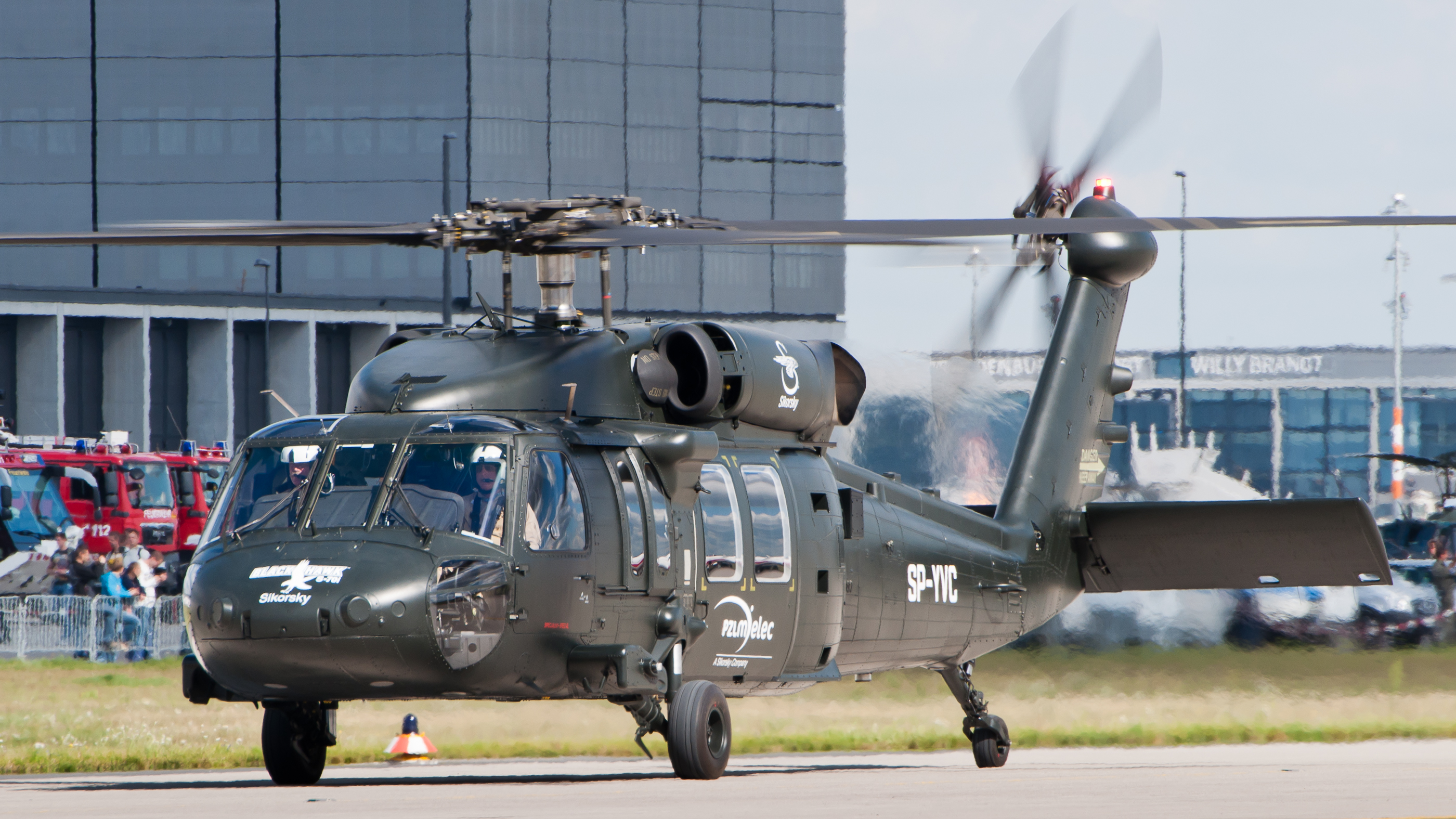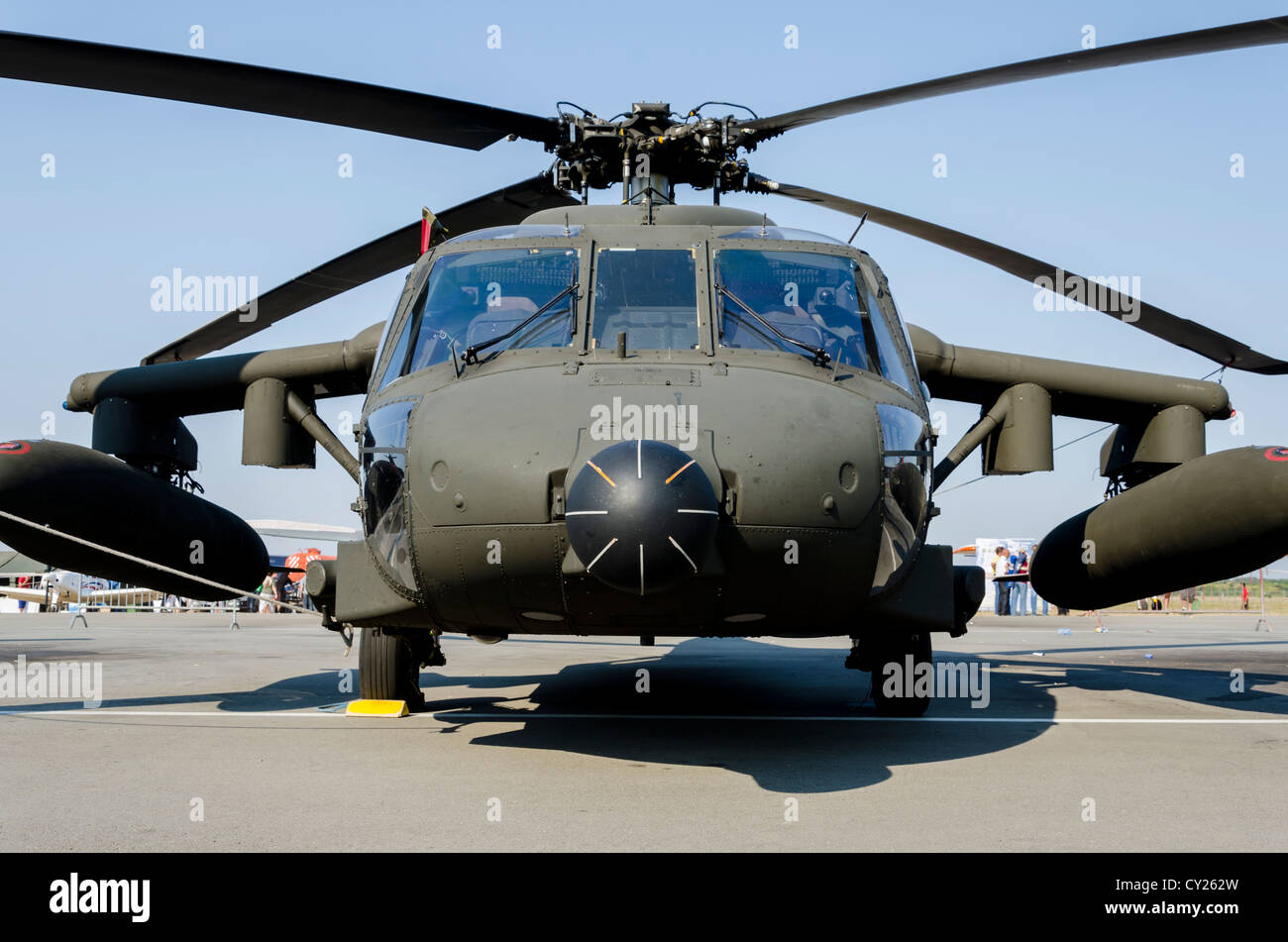Rotary-Wing Airplane Offering Superior Sturdiness and Precision Engineering
In the realm of aeronautics, rotary-wing aircraft have long been identified for their distinct capacities in different functional settings. From armed forces goals to private applications, the advancement of rotary-wing innovation has paved the method for devices that supply exceptional resilience and accuracy engineering. Via improvements in products and building and construction strategies, combined with advanced trip control systems, these aircraft have ended up being indispensable tools for tasks that require both robustness and accuracy. As we explore the elaborate balance between advancement and reliability in rotary-wing aircraft, it becomes noticeable that the convergence of cutting-edge technology and proven layout principles has actually established a brand-new standard for efficiency and efficiency in the aerospace sector.
Evolution of Rotary-Wing Modern Technology
Throughout the background of aeronautics, the development of rotary-wing innovation has actually been a testimony to continuous innovation and advancement in aerial engineering. From the early days of upright flight with rudimentary layouts to the advanced helicopters and other rotary-wing aircraft these days, the development in this field has been remarkable.
In the early 1900s, leaders like Igor Sikorsky and Juan de la Cierva made substantial strides in rotary-wing innovation. Sikorsky's VS-300 helicopter, very first flown in 1939, noted a turning point in the development of sensible rotary-wing aircraft. This success paved the method for more advancements in upright trip abilities.

Today, rotary-wing airplane play vital functions in different markets, including army operations, emergency medical solutions, police, and commercial transport. The advancement of rotary-wing technology continues to press the borders of what is feasible in upright flight, making sure that these aircraft continue to be crucial possessions in the air travel sector.
Materials and Construction Innovations
Showing a fusion of cutting-edge products and precise building techniques, rotary-wing aircraft have actually undertaken substantial innovations in sturdiness and performance. One of the crucial innovations in materials utilized for rotary-wing airplane is the enhancing usage of composite materials. These products, such as carbon fiber enhanced polymers, supply a high strength-to-weight ratio, improving both the architectural stability and general performance of the airplane. Furthermore, innovations in making procedures have actually permitted even more elaborate and specific building and construction of rotary-wing parts, adding to enhanced aerodynamics and effectiveness.
Furthermore, the assimilation of innovative finishings and surface area treatments has played a vital function in boosting the longevity of rotary-wing airplane. These finishes provide security against deterioration, abrasion, and extreme climate condition, extending the life-span of the airplane and decreasing maintenance demands.
In terms of construction innovations, additive production, also understood as 3D printing, has changed the manufacturing of complicated parts for rotary-wing airplane. This modern technology enables rapid prototyping and modification, bring about original site much faster development cycles and lowered costs. Overall, the continual advancement of materials and building and construction methods is driving the abilities and performance of rotary-wing airplane to brand-new elevations.
Precision Flight Control Equipment

The integration of GPS technology better boosts the precision and dependability of these systems, permitting specific navigating, waypoint monitoring, and automated trip control. sikorsky s 70. This degree of precision not just enhances the safety and security of rotary-wing procedures yet also enhances general operational effectiveness and goal performance
Furthermore, the continuous advancements in synthetic intelligence and equipment understanding have actually promoted the advancement of self-governing trip capacities within Accuracy Trip Control Solution. This enables rotary-wing airplane to do complicated missions with exceptional accuracy and consistency, making them crucial assets in a large range of applications, including army operations, search and rescue objectives, and aerial digital photography.
Toughness in Challenging Settings
Popular functional setups, rotary-wing aircraft demonstrate exceptional resilience and toughness, ensuring optimal efficiency under tough ecological problems. These aircraft are designed to withstand a variety of ecological variables, including extreme temperature levels, high winds, and rough surface, making them well-suited for numerous goals in diverse landscapes.
One essential variable adding to the toughness of rotary-wing airplane is their tough building. These airplanes are developed utilizing premium products and advanced design techniques to enhance their structural integrity and dependability. Furthermore, components such as rotor blades, engine systems, and landing gear are meticulously developed to withstand the anxieties and stress experienced throughout operations in tough atmospheres.
In addition, rotary-wing aircraft are furnished with advanced onboard systems that keep track of performance metrics in real-time, permitting aggressive upkeep and early detection of possible concerns - sikorsky s 70. This proactive strategy helps prevent unexpected failures and makes sure visit site the ongoing airworthiness of the aircraft popular functional settings. On the whole, the durability of rotary-wing airplane in difficult environments is a testament to their premium engineering and style, making them indispensable properties for various mission-critical operations
Upkeep and Integrity Requirements
The adherence to strict maintenance and reliability standards is extremely important in ensuring the optimum performance and safety of rotary-wing aircraft. Normal upkeep checks, carried out by licensed service technicians, are important to determine and address any possible issues prior to they jeopardize the aircraft's performance. These checks include a detailed exam of all essential parts, consisting of the engine, rotor system, avionics, and hydraulic systems, to ensure that they click are in prime functioning problem.
In addition, adherence to set up maintenance periods in accordance with manufacturer guidelines is important for supporting the aircraft's integrity. This proactive strategy assists protect against unforeseen failures and ensures that the airplane continues to be airworthy for its desired missions. Additionally, the application of durable reliability standards, such as regular component screening and substitute based upon predetermined lifecycles, further enhances the airplane's reliability.
Final Thought

Finally, the developments in rotary-wing airplane modern technology have actually resulted in premium resilience and precision design. With innovative materials and building and construction strategies, in addition to accuracy trip control systems, these airplane can run in challenging settings with enhanced dependability. The upkeep and integrity requirements make sure that these rotary-wing airplane remain to carry out at their best, making them vital possessions for different industries.
Demonstrating a fusion of cutting-edge materials and accurate construction strategies, rotary-wing aircraft have actually gone through considerable improvements in sturdiness and performance. One of the crucial developments in materials used for rotary-wing airplane is the raising use of composite materials.With thorough focus to detail and advanced technological combination, rotary-wing aircraft have embraced Accuracy Trip Control Solution as a cornerstone of their functional quality. Overall, the durability of rotary-wing aircraft in challenging atmospheres is a testimony to their remarkable engineering and layout, making them crucial assets for numerous mission-critical operations.
In conclusion, the improvements in rotary-wing aircraft modern technology have actually led to remarkable sturdiness and precision engineering.